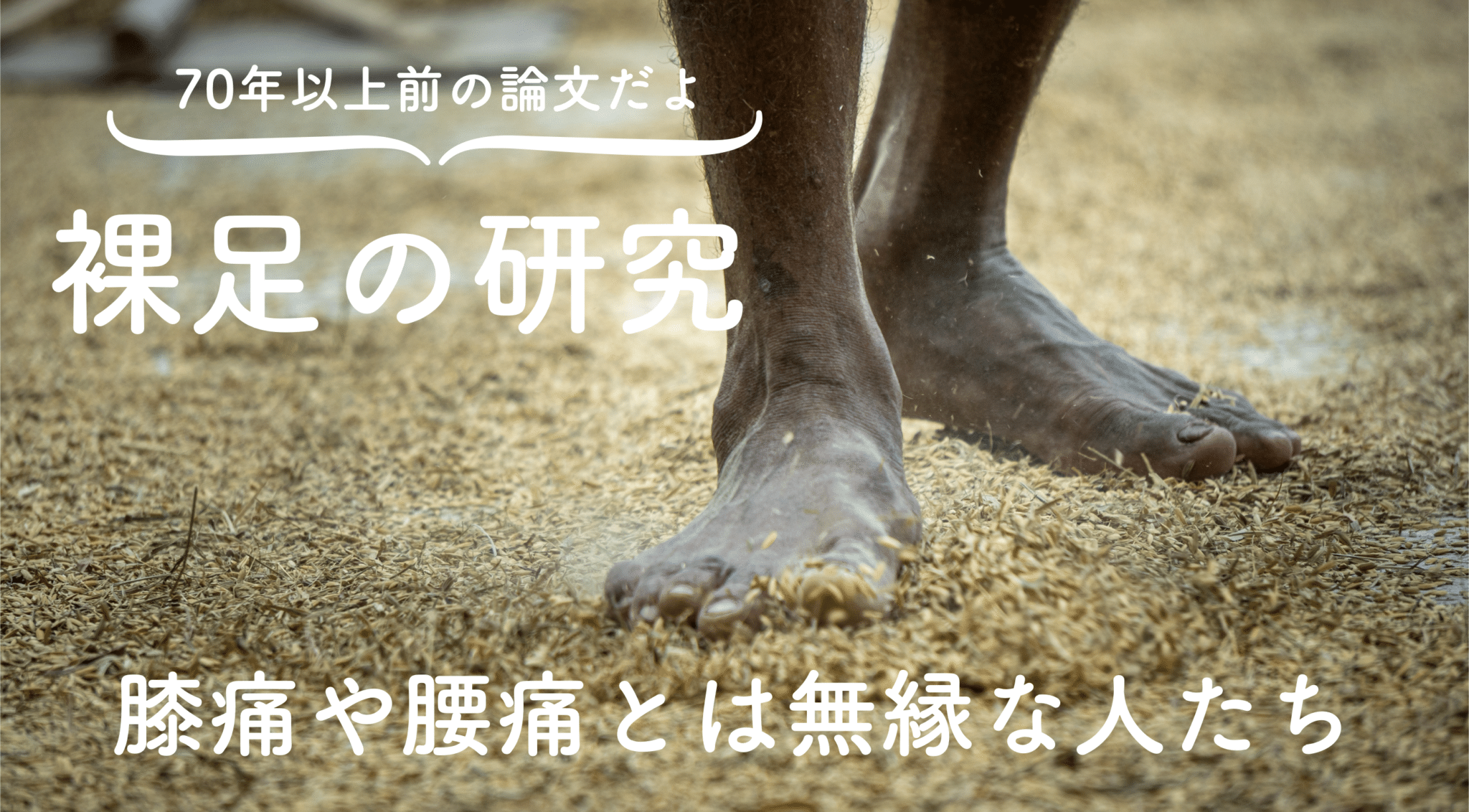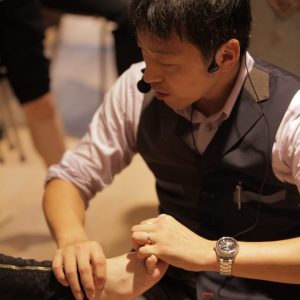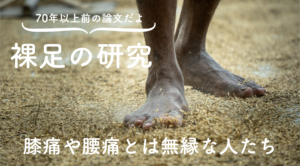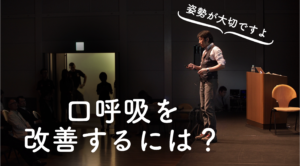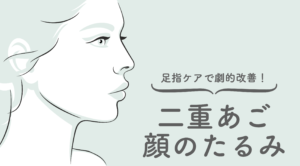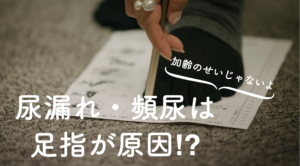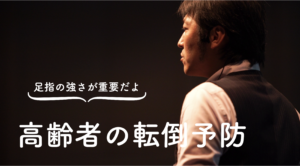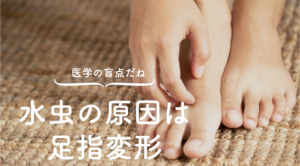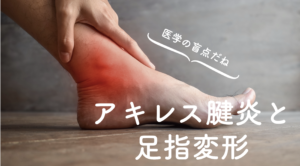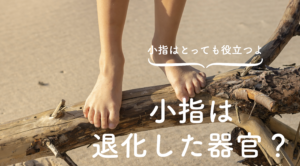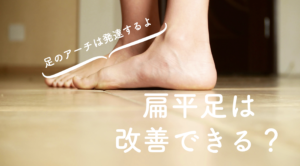Commentary by a toe doctor
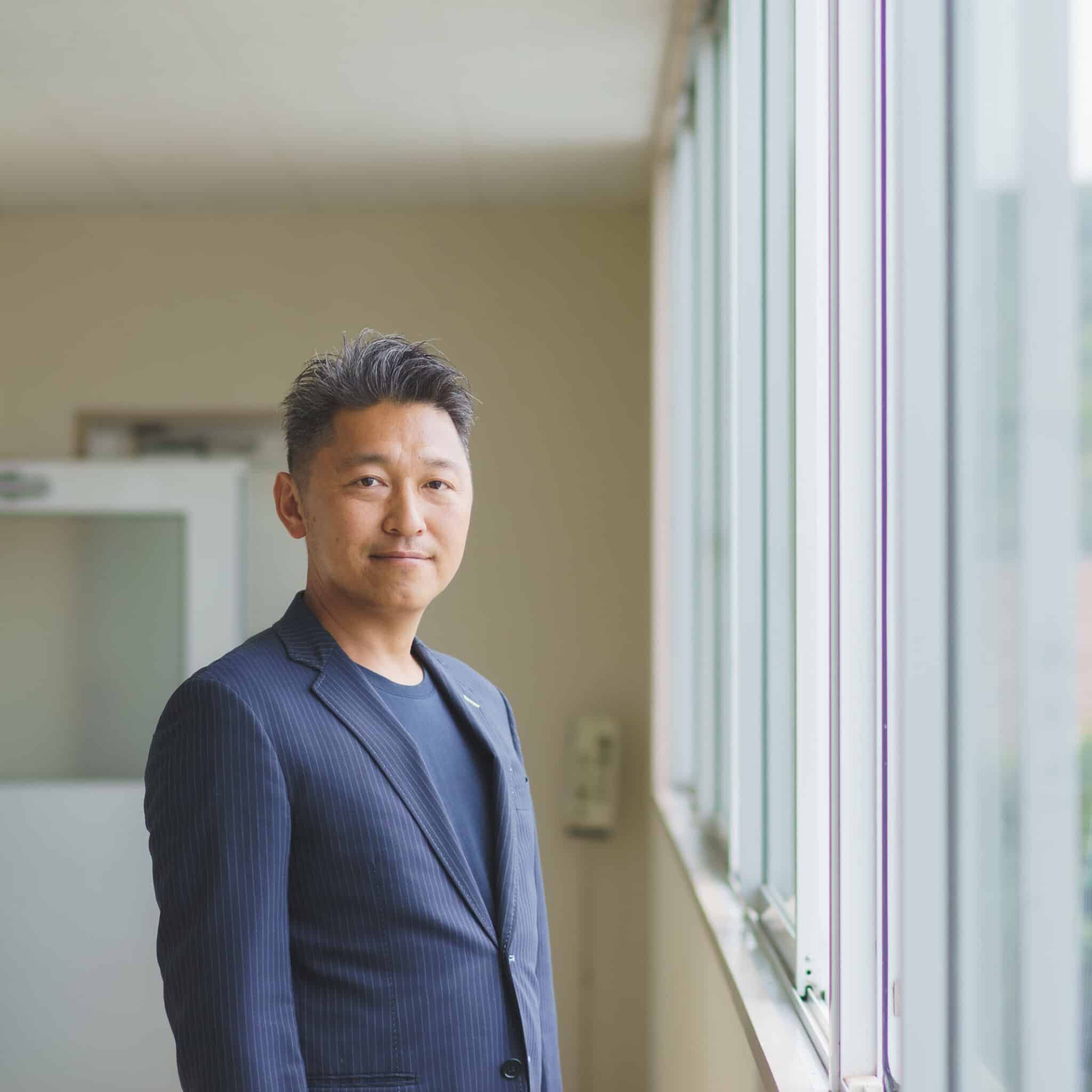
YOSHIRO YUASA
Keiro Yuasa
Physical Therapist, Doctor of Toes, Director of Toe Research Institute, President of the Japanese Society of Functional Foot and Toe Therapy, and developer of Halmek shoes. Former director, vice president, and medical director of General Hospital. His specialties are exercise physiology and anatomy. He is also a foot and shoe specialist and a leading expert in postural occlusion therapy. He has cured various orthopedic diseases (over 70,000 people) with toe therapy alone.
A Study of Shoeless Feet in China and India
Having served in the U.S. Army during the war, I spent more than a year in different parts of China and India. There I found that most people, both men and women, especially many poor and rural people, walked barefoot all the time.Many barefoot people worked long hours standing and carried very heavy loads long distancesTherefore, it was interesting to observe the orthopedic condition of their feet and compare it to our average, which is almost a lifetime of wearing shoes.
Dr. Samuel B. Shulman, Jamaica, New York:1949
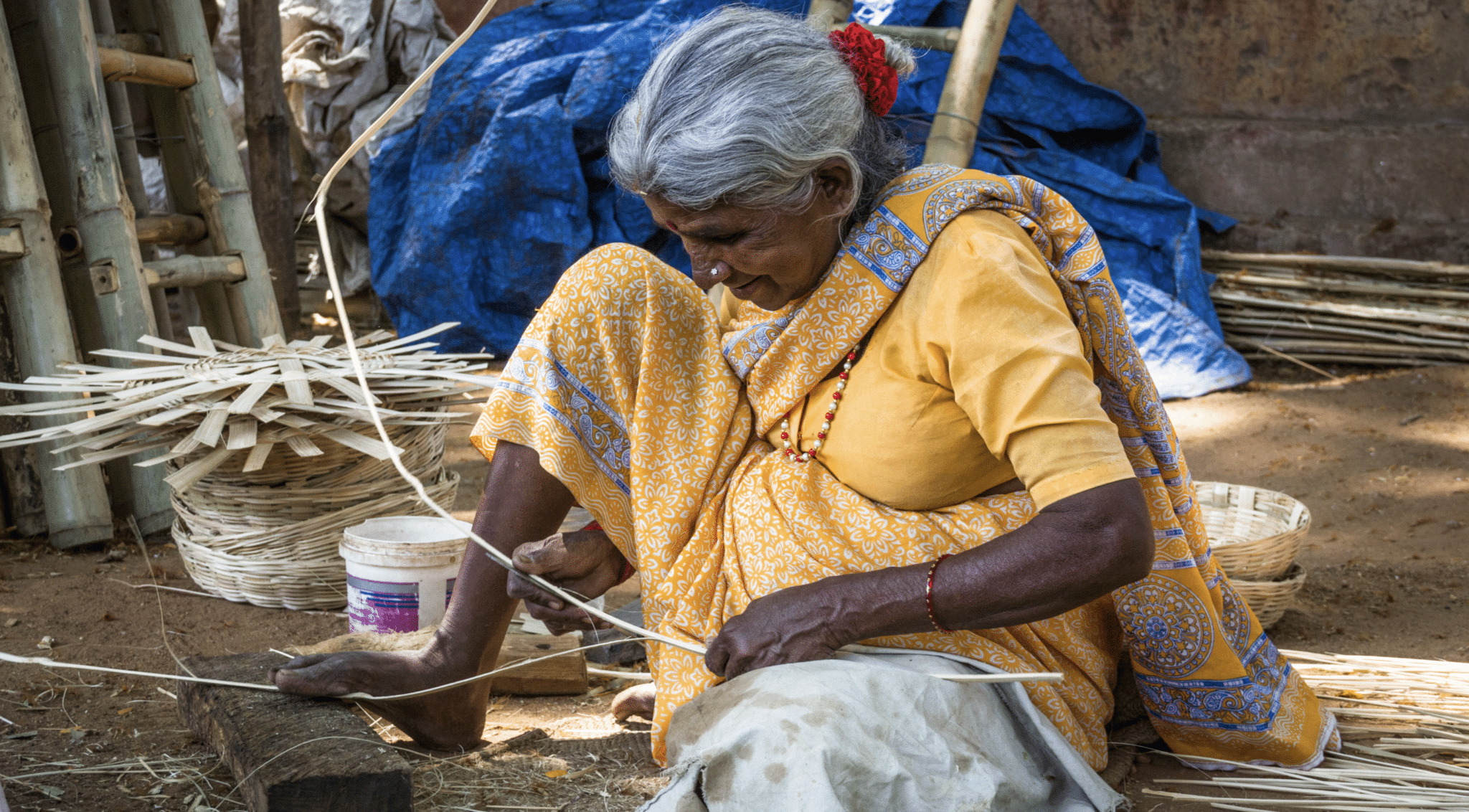
The content is a bit long, but Dr. Samuel B. Shulman is,Experts in foot and shoe health research on foot and shoe health for over 70 years.is. His research focuses on the impact of feet and shoes on health, proper shoe selection, and proper shoe care.
His research investigates how wrong shoe choices and improper shoe use affect the foot, ankle joints, knees, hips, and other joints. He also studies what type of shoes are best suited for feet that are burdened by prolonged standing and exercise.
In addition, Dr. Schulman researches proper shoe fitting procedures and proper care for foot health. His research findings are a valuable resource for those interested in foot and shoe health.
I've never worn shoes.
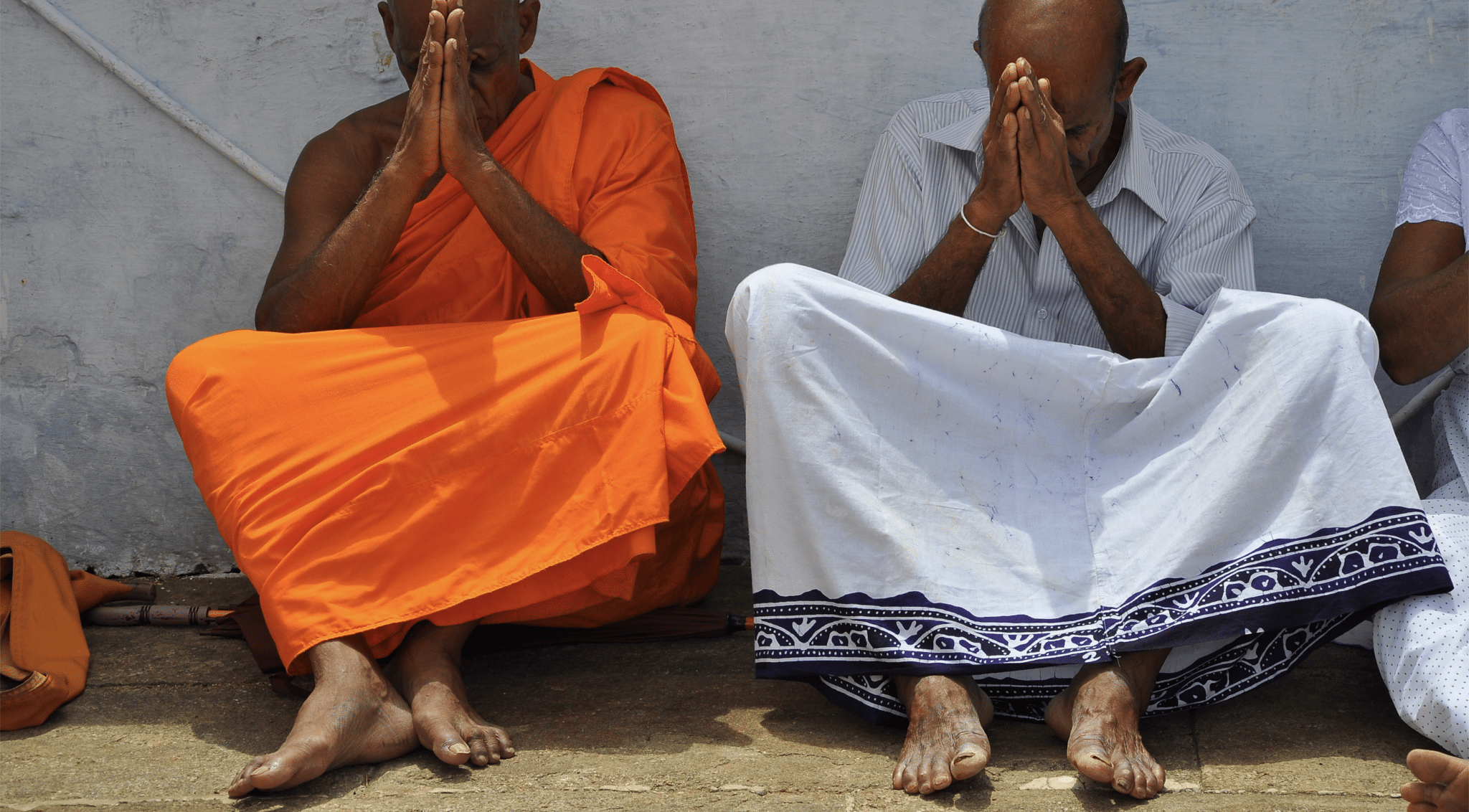
The lengthy research process took eight months in Kunming and surrounding areas in China and another two months in Calcutta and surrounding areas in India. Since my knowledge of Mandarin and Hindustani was inadequate, I hired an excellent interpreter. A simple yet precise instrument was constructed to measure the angle of foot movement. The people who assisted in the research wore lightweight, thin, and very soft sandals, but stated that they had never worn shoes of any kind. These sandals are made of bamboo or felt and are secured to the foot using no more than two thin straps around the ankle and between the index and middle fingers. These sandals had no earth support and were used primarily to prevent injury from sharp stones or broken glass, but were not used very often in practice. No socks were worn at all.
The survey covered 5,128 people
The study excluded people with obvious diseases or deformities (congenital or acquired) throughout the body. Thus, diseases such as entropion, leprosy, elephantiasis, rickets, and tuberculosis were excluded from the study, but 21 people with megalodactyly were included. The study included 3,906 Chinese and 1,222 Indian subjects, with similar age groups. The feet were examined both at rest and when weight-bearing, and the results were startling.
78.46% of those surveyed were men and 21.54% were women. As for women, they were analyzed in combination with men because of the difficulty of surveying them due to their customs and social environment. In western China, some women wore footwear according to an old tradition, but this was not included in the survey. The practice is becoming rare in eastern China and is not practiced in India. The practice is also gradually disappearing in western China. In Calcutta, one Chinese woman was seen wearing a foot brace, but other than that, foot braces are not practiced.
A practice in pre-modern China in which women's feet were bound with cloth and deformed into small pieces.
Foot Disease Findings
Number of persons tested - China 3906 - India 1222 - Total 5128
| condition | China | India | total amount | Total ((%)) |
|---|---|---|---|---|
| weak legs | 91 | 29 | 120 | 2.34% |
| Flat feet (congenital) | 44 | 12 | 56 | 1.09% |
| eczema | 41 | 11 | 52 | 1.01% |
| epidermomycosis | 30 | 9 | 39 | 0.75% |
| Symptoms of Arthritis | 21 | 6 | 27 | 0.53% |
| polydactyly | 16 | 5 | 21 | 0.41% |
| wart | 13 | 5 | 18 | 0.35% |
| sebaceous cyst | 14 | 4 | 18 | 0.35% |
| external tibia | 13 | 4 | 17 | 0.33% |
| Warts (plantar) | 11 | 4 | 15 | 0.29% |
| a varix | 11 | 3 | 14 | 0.27% |
| pigmented nevus | 10 | 3 | 13 | 0.25% |
| splayfoot | 6 | 4 | 10 | 0.19% |
| Congenital duplication of toes | 6 | 3 | 9 | 0.18% |
| fibroid tumour | 5 | 2 | 7 | 0.14% |
| Lacerations and abrasions | 3 | 2 | 5 | 0.10% |
| mycetoma | 0 | 4 | 4 | 0.08% |
| enlargement of the nail | 3 | 1 | 4 | 0.08% |
| burn | 2 | 0 | 2 | 0.04% |
| avulsion of the nail | 1 | 1 | 2 | 0.04% |
| polydactyly | 2 | 0 | 2 | 0.04% |
| hallux valgus | 1 | 1 | 2 | 0.04% |
| Os Bethalianum. | 1 | 1 | 2 | 0.04% |
| sprained ankle | 0 | 1 | 1 | 0.02% |
| adipose tumor | 0 | 1 | 1 | 0.02% |
| ulcer | 1 | 0 | 1 | 0.02% |
| total amount | 346 | 116 | 462 | 9.01% |
The measurement of the angle of voluntary motion is limited to the internal rotation, abduction, flexion, and extension of the foot with the knee in straight extension. However, individuals with lacerations, abrasions, mycoses, burns, or ankle sprains may have restricted foot motion, which would not be included in this study. In addition, some secondary movement at the metatarsophalangeal joint was observed, but not excessive. Additionally, there was no shortening of the calf muscles.
Foot alignment findings
Number of subjects measured: 5,116
| FROM | TO | average | |
|---|---|---|---|
| inside leg trip | 7′ | 24′ | 16′ |
| spatula | 2′ | 13′ | 8′ |
| bending | 11′ | 27′ | 17′ |
| extension | 21′ | 55′ | 34′ |
Voluntary movements of the toes were not measured, but it was observed that in most cases a significant range of motion was achieved, especially in the abduction of the thumb. In a few cases, voluntary movements of the little toe were observed to resemble, to some extent, the general movements of the hand.
Surprisingly, many people have low arches.
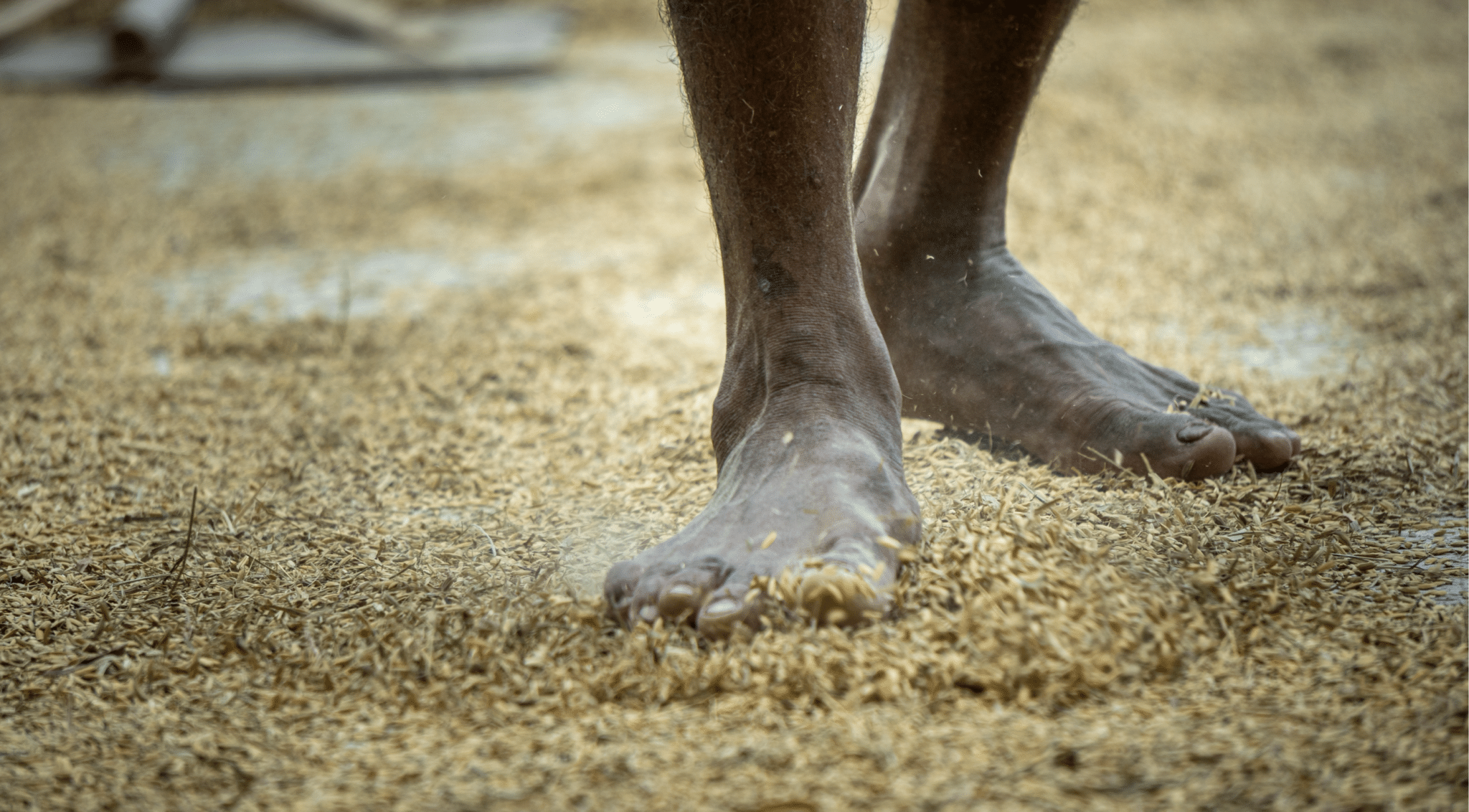
The average height of the longitudinal arches was found to be much lower than the normal U.S. average, but not really significant compared to orthopedic dysfunction. The lower the arch, the shorter the distance the arch falls, the less strain, and the lower the risk of bone malalignment and pain. Interestingly, not one of the 91 individuals with weak feet experienced any pain.
Low incidence of infectious diseases
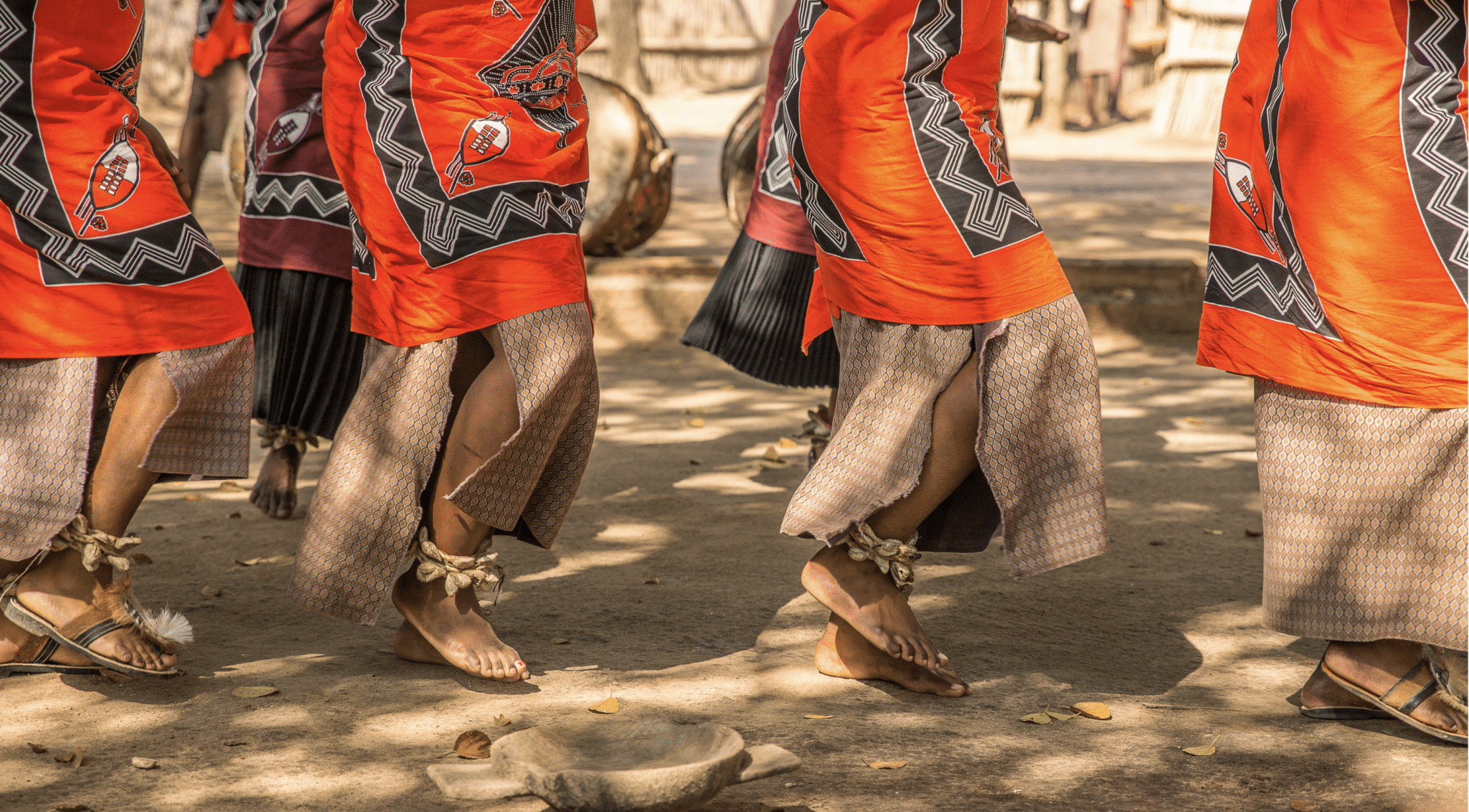
An ulcer was found on the right thumb of a 32-year-old Chinese farmer. Based on its appearance and tactile sensation, it was presumed that this was a typical primary white matter ulcer or hard chancre. The man stated that he had had this ulcer for about a week and reported no pain. Unfortunately, the laboratory was not equipped with a dark field or kern test to evaluate the ulcer. No other parts of the man's body showed symptoms of white matter. The man did not know anything about the cause of his ulcer and was unable to understand the physician's questions and suggestions. In addition, the man was unmarried.
Regarding the low incidence of fungal infections of the feet, this is likely to occur primarily on feet that cannot freely expel sweat (e.g., feet with shoes or stockings) because foot fungi thrive in dark, warm, moist interdigital spaces. Walking barefoot is effective in preventing fungal infections because of the sterilizing effect of sunlight. Personal experience has indicated that the incidence of fungal infections is relatively high among Chinese and Indian people who are in the habit of wearing shoes.
There were 18 pairs of feet with depressed metatarsal arches and a small number of feet that showed plantar chondromas, but the plantar epidermis of the other feet was naturally thickened to protect the feet from injury. Shallow cracks were sometimes seen in the thickened skin around the heel, but these cracks were not painful and did not interfere with normal walking. None of those interviewed complained of subjective, meaningless symptoms.
Zero octopus or fish eyes!
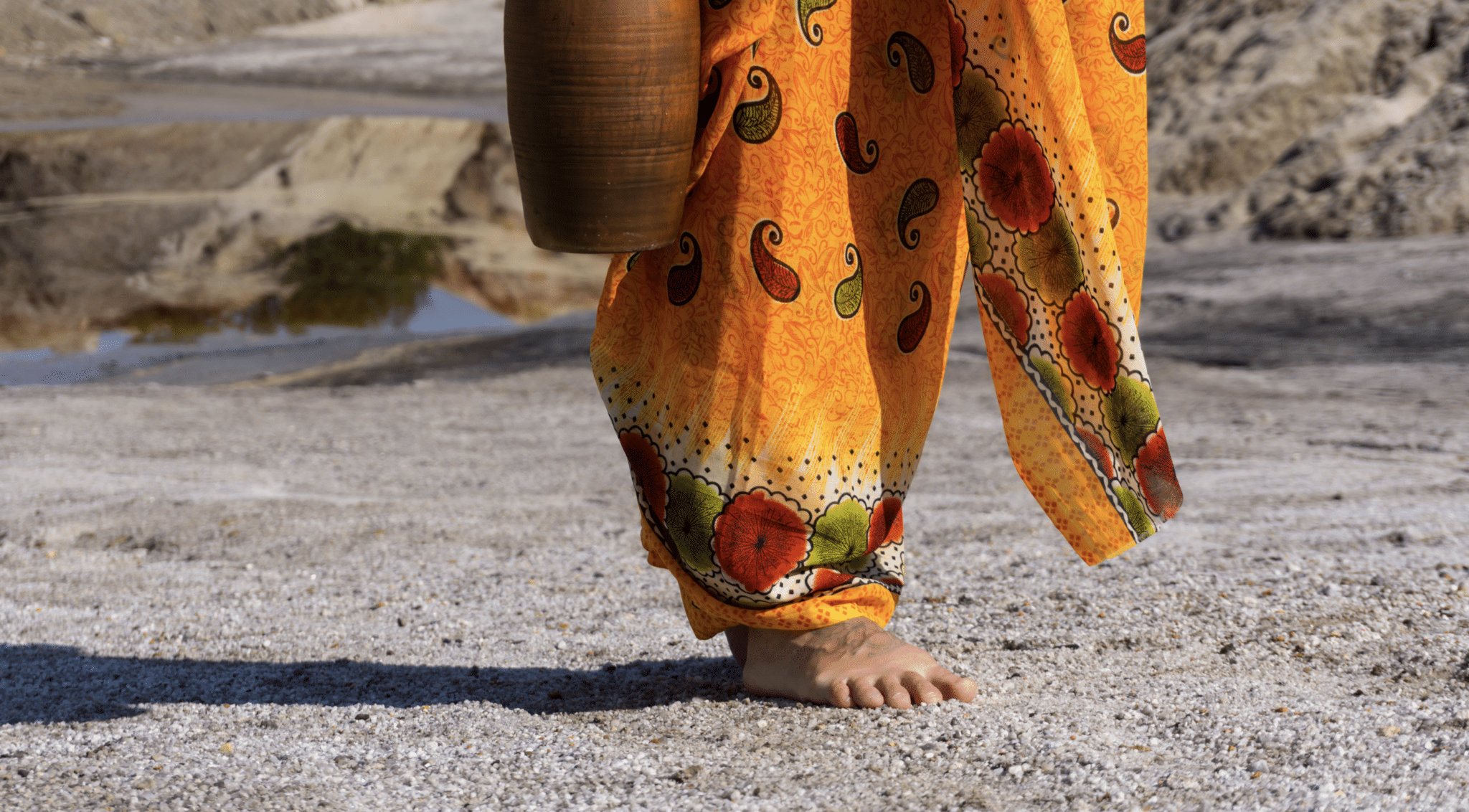
The fact that not a single octopus or fish eye was found clearly indicates that ill-fitting shoes on the feet are the cause of the painful lesions.
According to the survey, about one in seven Chinese and one in three Indians reported having had hookworm disease in the past or at present. However, the actual incidence of hookworm disease is probably higher. No additional research or diagnosis of hookworm disease has been conducted.
Four cases of a disease called Madura's foot, caused by a fungus that affects the feet, were reported but not confirmed by clinical examination. People affected by mycetoma are rarely found in areas that could be included in this study, and therefore the spread of this disease in India is believed to be much higher than the actual rate.
There are also zero big toe and small toe problems!
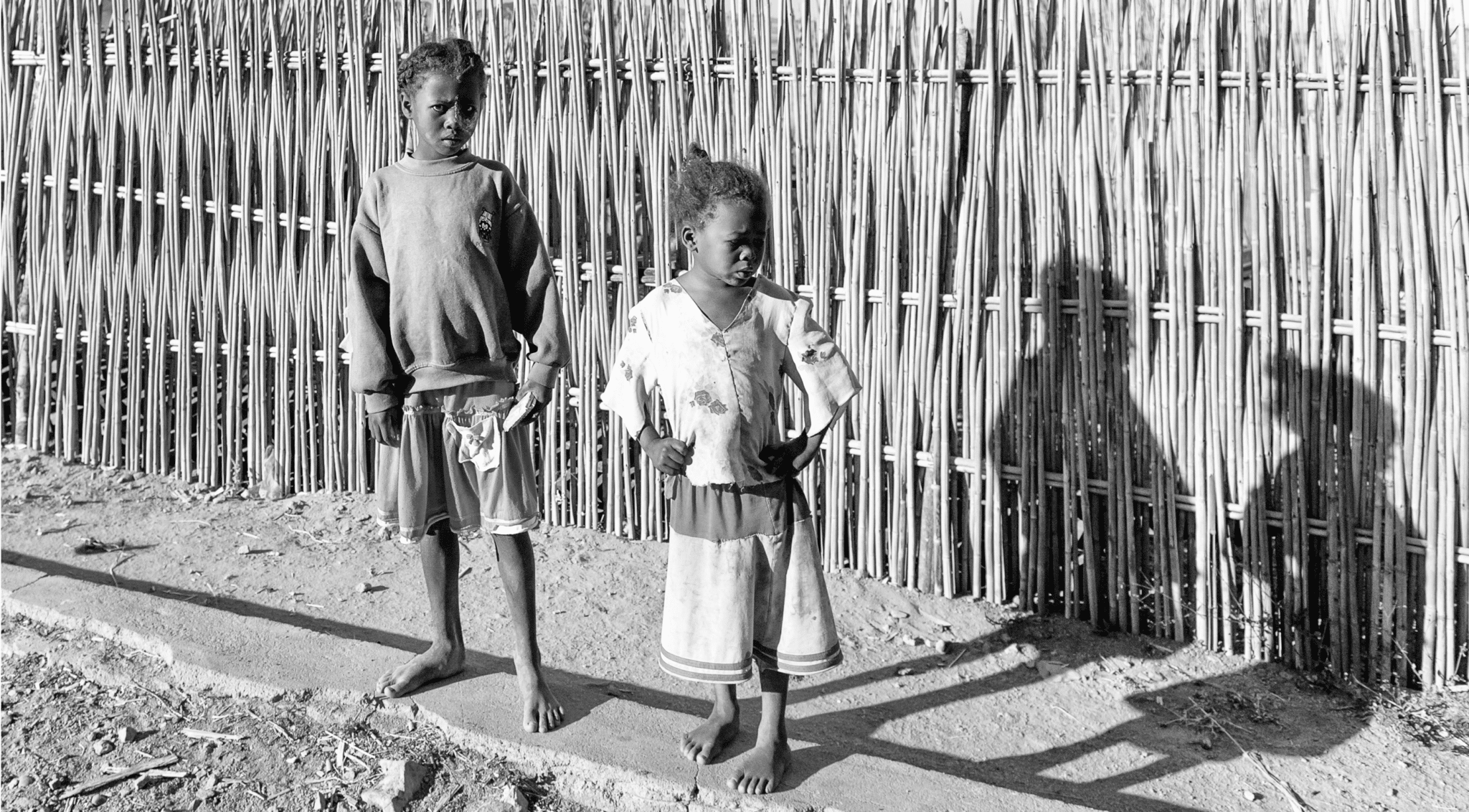
Nail cover-up, hyperhidrosis, and odynophagia were investigated in barefoot conditions,hallux valgus, ,hallux valgusNo symptoms of bursitis of the first or fifth metatarsophalangeal joints were observed.
Because they did not wear footwear that interfered with nail growth, and because these individuals had long toenails and were not in the habit of biting into the corners of their nails when cutting them, they did not develop nail ingrowth, even though their nails were malformed. This suggests that nail ingrown toenails are preventable with proper care and unrestricted footwear.
In various families showing prevalent cases over several generations,hallux valgusFor a long time, many have argued that there is a predisposition for The presence of the so-called "metatarsal cuneiform" has also been cited as a predisposing factor.hallux valgusThe claimed predisposition of the "Mere Old Man" is also clearly shown to not occur without footwear, and it is expected that symptoms can be prevented by wearing appropriate footwear.
Almost all of the study subjects had a gap between the first and second toes, as seen in infancy. The first toe of the foot was observed to be either forward facing or slightly abducted.
Seventeen patients had prominent scaphoid bones, which were thought to be excess secondary scaphoid bone. Six of these patients hadsplayfootand nine had fragile feet. Hypertrophy of the external tibia or navicular bone was suggested to be a likely cause of foot pathology even without shoe irritation to the foot. In addition, hypertrophy of the base of the fifth metatarsal bone was also seen in two patients, raising the possibility of bone besalienation, but no associated orthopedic medical conditions were seen. Without radiographic examination, it was clear that it is difficult to determine the frequency and extent of toe and sesamoid bone development.
I can run barefoot for hours without pain.
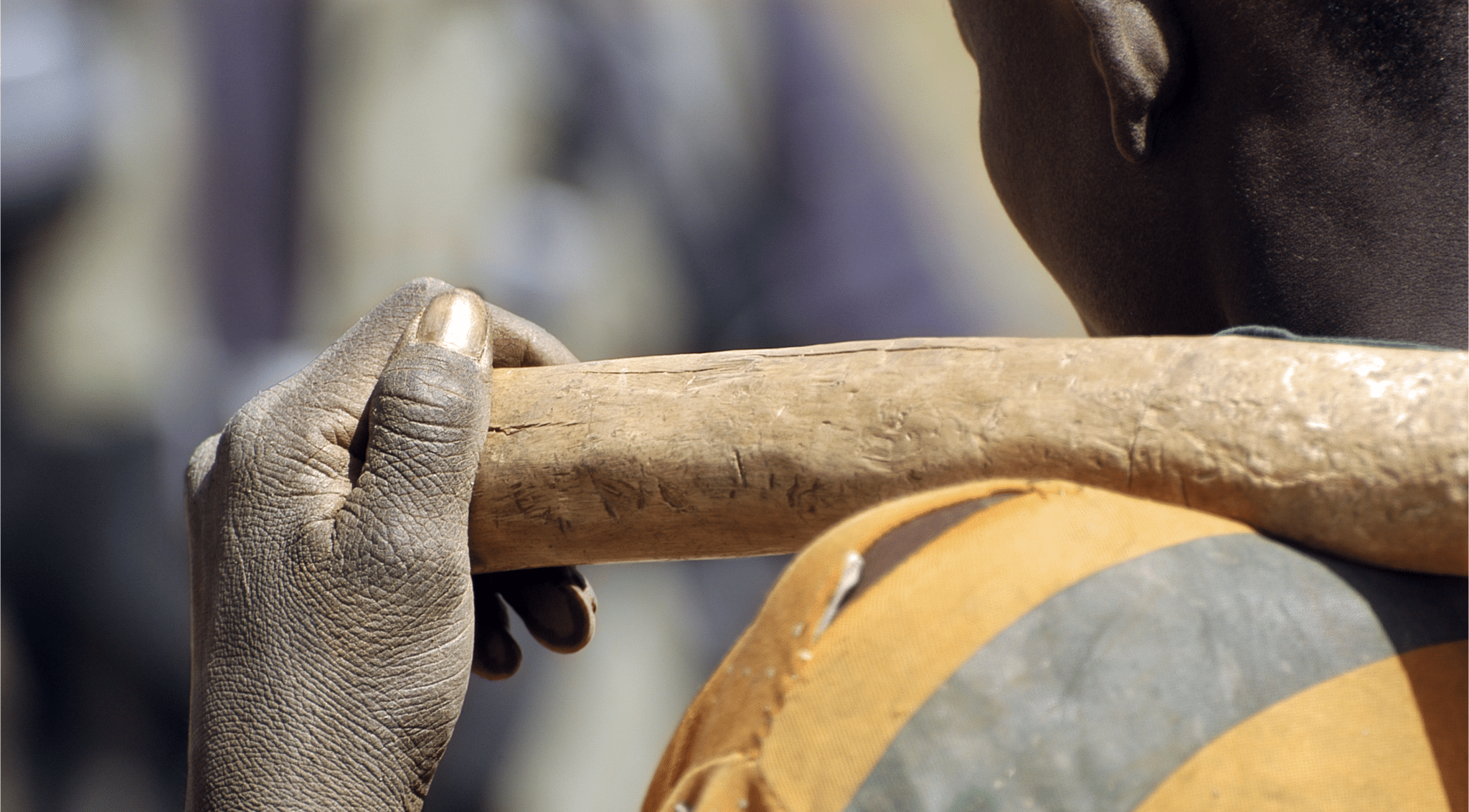
Of the 118 people interviewed, all were rickshaw drivers. The study was particularly interesting because they spend their days driving over cobblestones and hard roads to transport their passengers. It was evident that their legs were particularly sturdy, more so than the others. In the first few days of working as rickshaw drivers, they all said they experienced severe pain and swelling in their feet and ankles. However, after two days of rest or another week of driving, the pain and swelling disappeared and never recurred. Driving a rickshaw on hard roads for hours each day is extremely demanding work, but they manage the strain without pain.
Children should focus on barefoot life as much as possible.
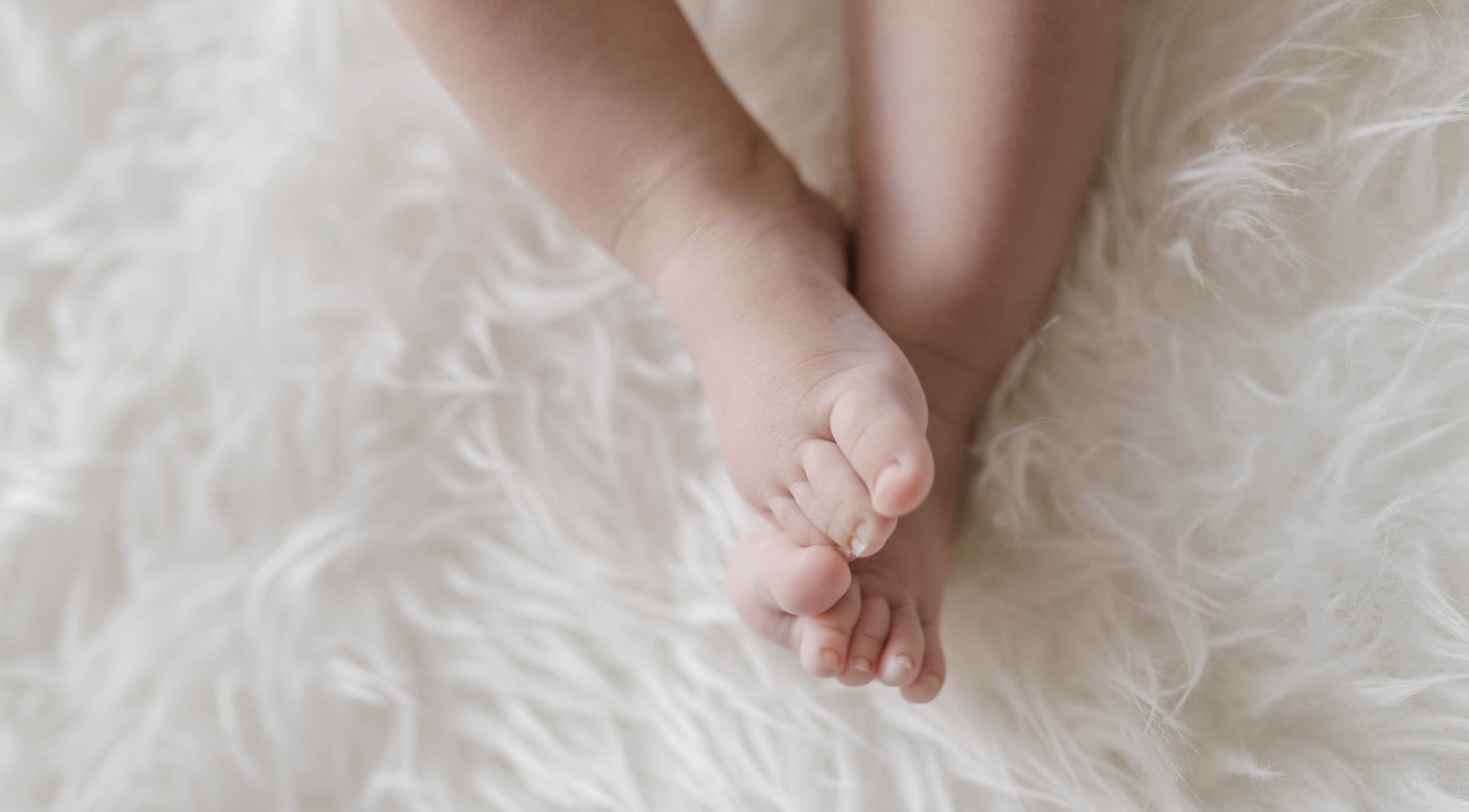
These figures indicate that improper footwear is the cause of many human foot ailments. These figures, which tout the benefits of walking barefoot, argue that it is important for all children to walk barefoot outdoors from birth. The importance of this suggestion is demonstrated by comparing it to the situation of those who wear footwear that restricts the feet. They do not advocate walking barefoot in any particular climate or terrain, but emphasize the importance of barefoot walking for general health.
Baby shoes can be harmful to growing feet. There is no need to choose on the sentimental factor; larger, looser socks will suffice. Even during the winter months, they will remain warm enough, even on cold floors. Feet need to be strong and develop naturally, such as in the first few months of crawling, playing, and walking. The use of baby walkers or helping them to walk should be discouraged. Children will begin walking on their own when they are physically ready.
No clear standard exists for the appropriate age at which kittens should begin walking. Overly enthusiastic parents need to be cautious. When kittens first begin to walk, they need help and are clumsy, but they soon develop a firm gait and grow into graceful animals. It is important to walk barefoot at an early age to develop strong, well-shaped feet. Later, when they need shoes, they should choose shoes that are flexible enough for their feet and have enough room for their toes. Proper footwear is important because hard soles are necessary to maintain the strength of the foot.

